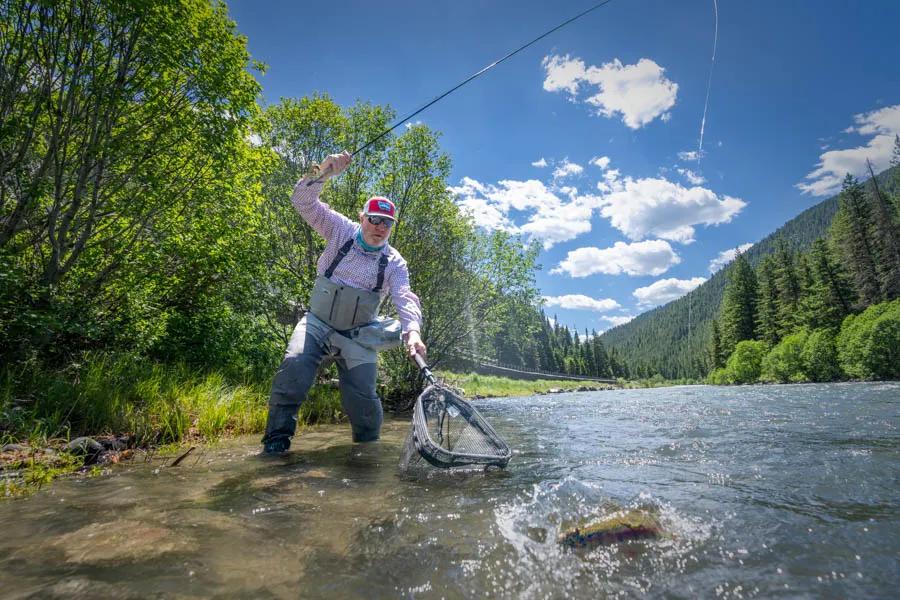
There are only a few places on the planet that offer as much accessible great fly fishing rivers, creeks. and lakes as southwest Montana. The hub of fly fishing in Montana is arguably the greater Bozeman area. If you are searching for a destination where fishing for five great days is a reality and not a possibility, then consider a Bozeman, Montana fly fishing trip. The line up of rivers within a hundred miles of Bozeman read like a who's-who of highly regarded waters: Yellowstone, DePuy's and Armstrong's Spring Creeks, Gallatin, Madison, and the waters of Yellowstone National Park. During every month on the angling calendar it is possible to have 5 Great Days of Fishing out of Bozeman, Montana. Here's where to start.
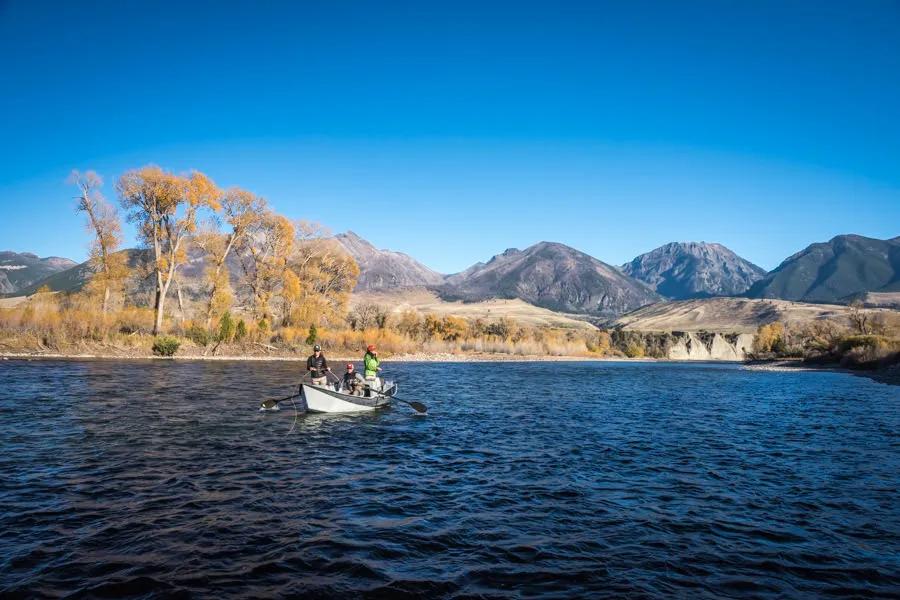
The Yellowstone River
The Yellowstone River is less than 30 minutes from downtown Bozeman. With over 100 miles of river to fish and some of the most beautiful scenery in the area, many locals choose to go here first. But, because of the massive amount of water the Yellowstone River has to offer, the wide range of water levels, the diversity in the river sections, and the seasonal changes in fishing patterns, the Yellowstone can take years before a fly fisher truly understands the full majesty of this amazing river. The diversity, changing character and the quality of fishing that the Yellowstone River offers makes it a favorite of many local Montana fly fishing guides. Home to native Yellowstone cutthroat trout, the Yellowstone is a large, wild, and ever-changing freestone river. Serviced by the towns of Gardiner, Livingston, Big Timber, and Billings, anglers wanting to discover fishing on the Yellowstone River have plenty of local resources to choose from. The Yellowstone is also one of the most variable rivers in Montana with a huge range of water flows and fishing conditions. Casting a fly on the Yellowstone at 10,000 cfs vs. 1,500 cfs is quite a different experience. The Yellowstone River flows from the mountains of Yellowstone National Park to the high plains of eastern Montana.
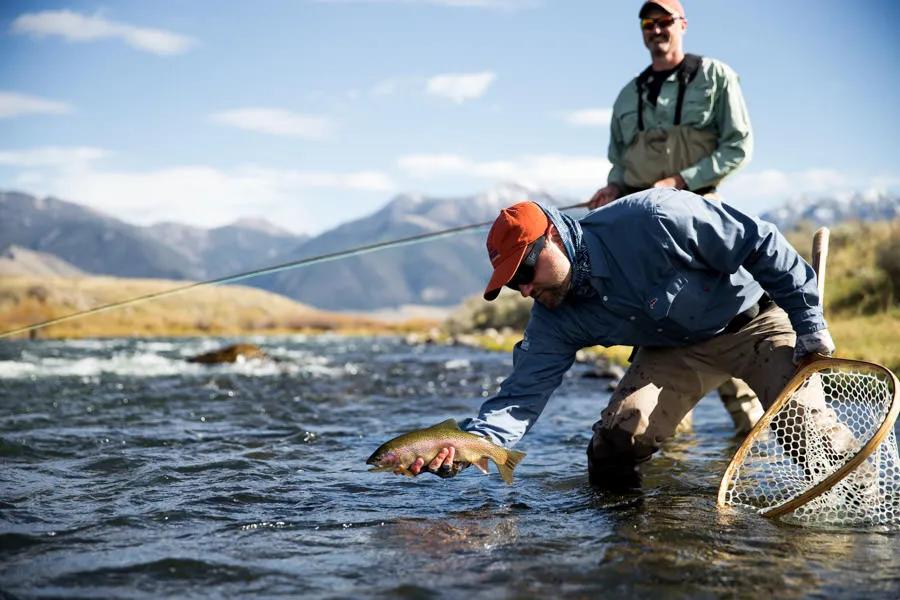
The Madison River
Starting in the geyser basins of Yellowstone National Park, the Madison River flows through several distinctly different sections before joining the Jefferson and Gallatin River to make the Missouri River. The two sections most accessed when fishing out of Bozeman are the Upper and Lower. The Upper Madison is described as the "world famous 50-mile riffle" and boasts fish counts of over 4,000 fish per mile. This prime section is the water downstream of Quake Lake to the western-centric town of Ennis. The Upper Madison is known for prolific hatches of salmonflies, stoneflies, caddis, PMDs, and various mayflies. Additionally, some of Montana's most talented fishing guides call the Upper Madison river home. The Lower Madison is the section downstream of Ennis Lake and on to the Missouri River. The Lower has some explosive hatches of baetis, PMDs, Yellow Sallies, and caddis. There is also a lot of subsurface food like crayfish and aquatic worms, so fishing subsurface is always a good idea for the Lower Madison. Even when pods of rainbows are rising on the surface, fishing subsurface with crayfish or streamer patterns is often the way to hook the biggest fish.
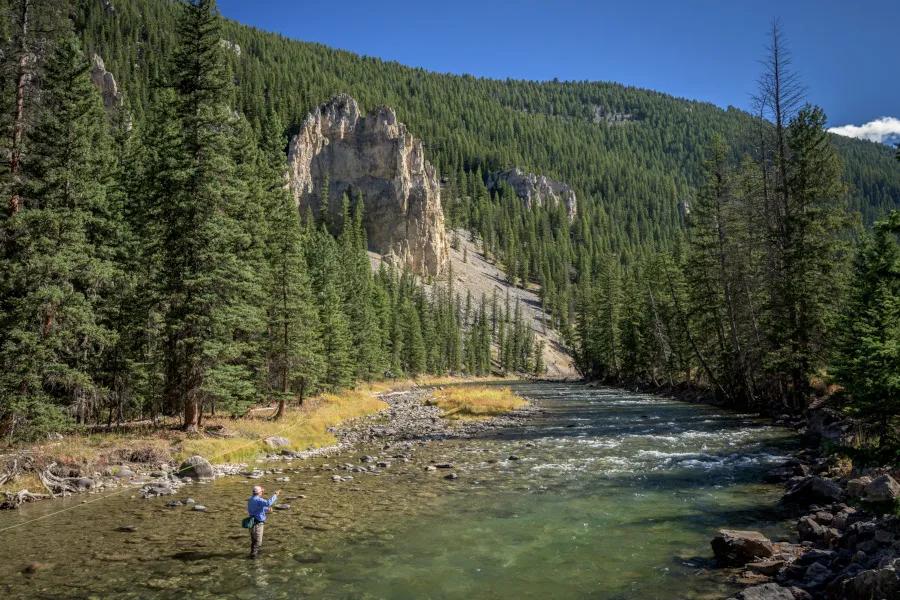
The Gallatin River
The Gallatin River begins in Yellowstone National Park and is a small to medium-sized freestone river home to native and wild trout. It flows through the Gallatin Canyon where the fishing scenes from the movie A River Runs Through It were filmed. After exiting the canyon it enters the Gallatin Valley and becomes a meandering river lined with tall cottonwoods. Most anglers fish the Gallatin River near Big Sky and south of Bozeman because this is the most scenic area and provides the most amount of public access. The Gallatin River is not known for trophy trout like some of the other larger rivers in the area like the Missouri River, but the beauty of the Gallatin River and its small intimate nature make this a favorite of many traveling anglers and locals. Because of the very high trout density, this river often produces fast action and high catch rates for those who enjoy walk-and-wade fishing. With its ease of access, plenty of wild trout, and year-round opportunities, Montana's Gallatin River is not only one of the best rivers for fly fishing near Bozeman but also a top river in Montana.
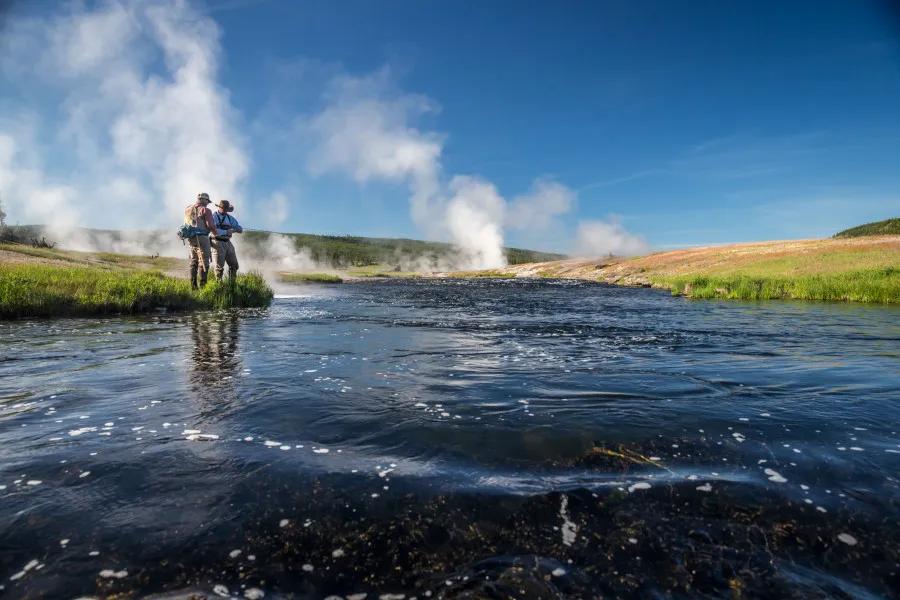
Yellowstone National Park
With an average elevation of 8,000 feet above sea level and home to the headwaters of the Yellowstone, Madison, and Snake Rivers, going fishing in Yellowstone National Park is a must-do when fishing around Bozeman, Montana. The northern half of Yellowstone National Park, south of Livingston, is home to several world-class small rivers and creeks. Most of the waters here are open to fishing from late May through October, with the Gardner River near Mammoth and the town of Gardiner open year-round. Once snowmelt runoff ends in early July, Slough Creek, Soda Butte Creek, the Lamar River, and the Yellowstone River all are good options. The Gardner River, near Mammoth Hot Springs, clears slightly sooner from runoff than most other rivers in the northern half of Yellowstone National Park. The Yellowstone River at the outlet of Yellowstone Lake is also a good option starting in late June. The sweet spot for these waters tends to be from about the 4th of July through August. During this window of fishable flows and consistent water temperatures, there are often excellent dry fly fishing opportunities.
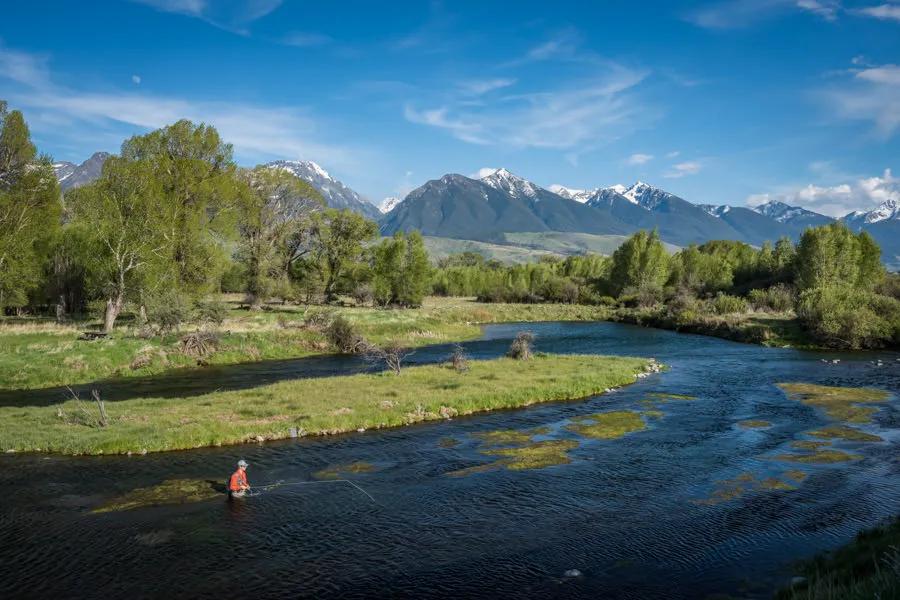
DePuy's and Armstong's Spring Creeks aka the Paradise Valley Spring Creeks
Always reliable and always technical, these two creeks emerge in the valley bottom of Montana's Paradise Valley--aptly named because the Yellowstone River flows through it and the Absaroka and Gallatin mountain ranges flank it. These two spring creeks--Armstrong's and DePuy's--have clear and consistent flows, which leads to ideal conditions to produce plentiful aquatic insects...and plenty of trout. Trout become used to this stability and the resulting abundant food. Because of the stable environment trout can become selective, but perhaps the greatest benefit to the consistent flow and water temperature is the massive amount of aquatic insects in these creeks. During spring, early summer, and fall, hatches of Blue Winged Olives and Pale Morning Duns can be prolific. Add to the mix healthy populations of midges, it is highly likely that on any given day of the year an angler can find rising fish. The Paradise Valley Spring Creeks are the ideal destination when fly fishing out of Bozeman, Montana for anglers looking for a truly unique type of fly fishing experience.
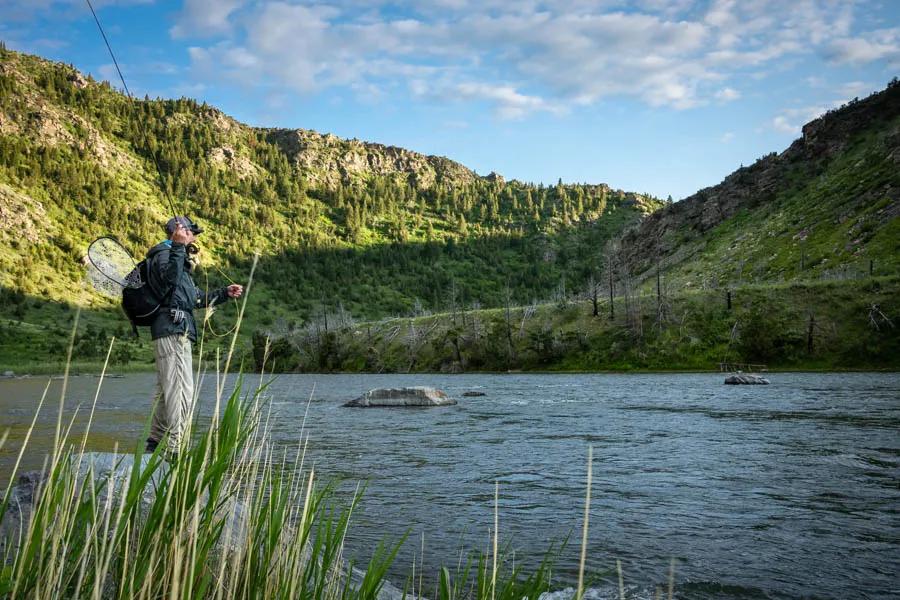
It might appear that Bozeman was created entirely by the fly fishing Gods. With so much water so close to it, the town and the surrounding valley truly have multiple lifetimes of places to go fly fishing. From technical spring creeks with prolific hatches and selective trout to backcountry waters with very little angling pressure, Bozeman is a great place for fly fishing. With these five places for five great days of fly fishing, local and visiting anglers can discover plenty of places to wet a line near Bozeman, Montana.
